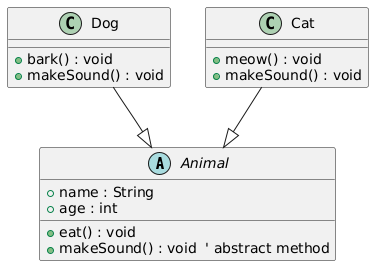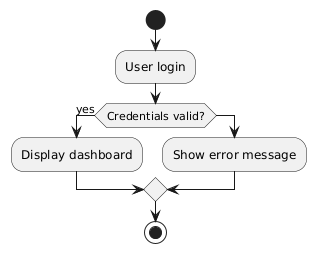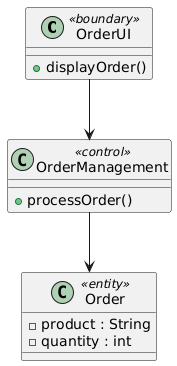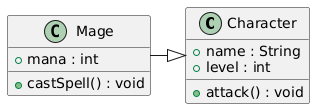UML Diagrams MCQs Questions With Answers – Part 16
Test your knowledge and boost your confidence with these multiple-choice quizzes focused on UML diagrams, foundational software engineering concepts, and real-world best practices. Designed for students, developers, and exam candidates, these MCQs offer a quick and effective way to assess your understanding and sharpen your skills.
1. Which UML diagram is used to represent an inheritance hierarchy between classes?
A Activity Diagram
B Object Diagram
C Use Case Diagram
D Class Diagram
2. What is the function of the note in this diagram?

A Hide a class
B Add a comment or annotation
C Create an interactive label
D Generate an automatic description
3. Which UML keyword indicates that a use case can sometimes add behavior to another?
A <<use>>
B <<generalize>>
C <<extend>>
D <<include>>
4. Which UML element can represent a conditional decision in an activity diagram?
A An activity
B A transition
C A state
D A decision node (diamond)
5. What does this diagram represent?

A A use case diagram
B A sequence of user actions
C A relational model between business entities
D An automated business process
6. Which UML notation expresses a constraint on a class diagram?
A Curly braces {}
B Square brackets []
C Double arrows <<>>
D Parentheses ()
7. What does the <<boundary>> stereotype represent in a class diagram?
A A class containing business rules
B A class that interacts with the outside of the system (user interface, external systems)
C A class representing a calculation
D A class used only for data storage
8. This diagram represents _______________
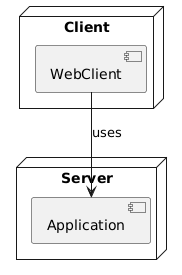
A Software components communicating with each other
B An interaction between objects
C The structure of a database
D A hardware deployment with software components
9. In a state diagram, what is a transition?
A An action performed during a state change
B An event that triggers a state change
C The condition under which a state can be reached
D An intermediate state between two transitions
10. The Mage is a specialization of the Character class. Which UML relationship will you use?
A Association
B Dependency
C Realization
D Generalization


